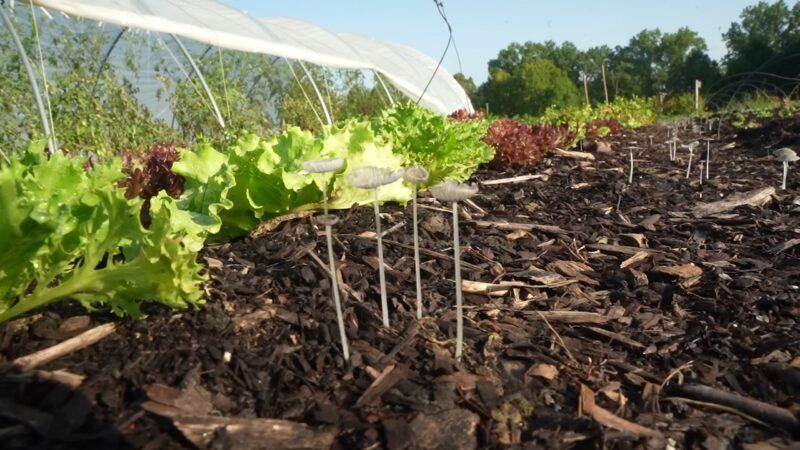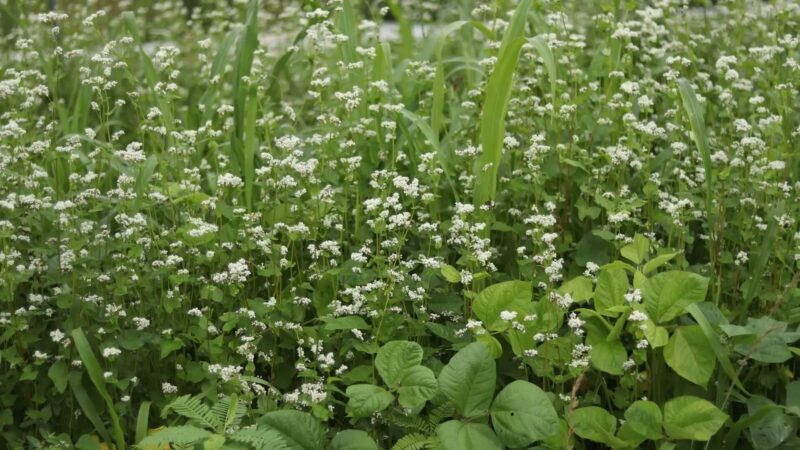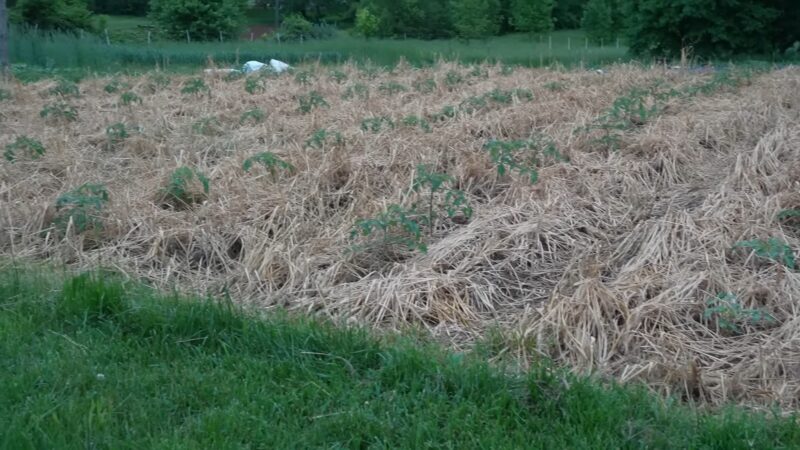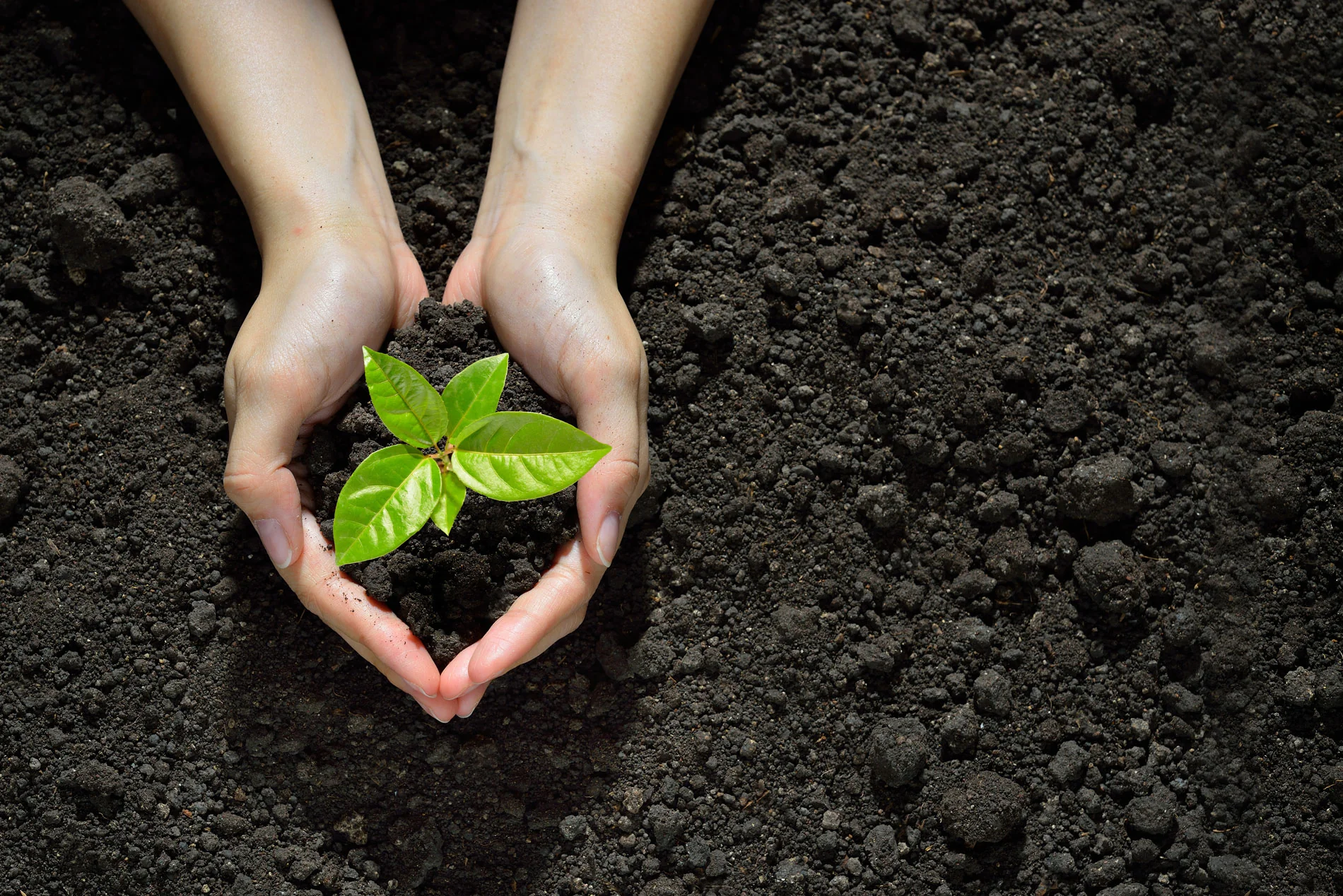Healthy soil makes a huge difference. When I started my journey into gardening, I didn’t realize how crucial soil health was. Over the years, I’ve tried different natural methods to improve my soil. Here’s what worked for me.
First, I needed to know what I was dealing with. I performed a soil test. This revealed the pH levels, nutrient content, and organic matter percentage. With this knowledge, I could plan effectively. Testing the soil helped identify specific deficiencies.
The test also showed how much organic matter I needed to add. Knowing the starting point gave me a clear direction. It allowed me to track progress and make adjustments. A good understanding of the soil’s current state is essential for any improvement strategy.
I aimed for better plant growth, increased yields, and enhanced biodiversity. I wanted to reduce chemical inputs and create a sustainable ecosystem in my garden. Setting clear, achievable goals kept me focused. I broke down each goal into smaller, actionable steps. T
his made the process manageable and less overwhelming. For example, I planned to reduce tillage by 50% in the first year. Having specific targets helped me stay on track. It also allowed me to celebrate small victories along the way.
Reduced Tillage

One of the first changes I made was minimizing soil disturbance. I moved away from traditional tilling. Instead, I adopted no-till practices. This helped maintain soil structure and preserve organic matter.
- Challenges: Initially, it was tough to let go of the tiller. Old habits die hard. But patience paid off. The soil began to improve. Reducing tillage meant finding alternative methods for weed control. I used mulch and cover crops to manage weeds without disturbing the soil. This took some trial and error. Over time, it became easier as the soil structure improved.
- Results: Over time, the soil became more crumbly and retained moisture better. Plants grew healthier and stronger. The soil’s ability to absorb water improved significantly. This reduced runoff and erosion. Healthier soil also meant fewer pests and diseases. The overall health of the garden improved, showing the long-term benefits of reduced tillage.
Organic Matter
I started adding compost and aged manure. Compost provides a rich source of nutrients. Aged manure helped improve soil structure.
- Creating Compost: I used kitchen scraps, yard waste, and even coffee grounds. Layering green and brown materials sped up the decomposition process. Compost bins helped keep everything organized. Turning the compost pile regularly ensured even decomposition. This produced nutrient-rich compost for my garden.
- Applying Compost: I spread compost evenly over the garden. This improved soil fertility and boosted microbial activity. I applied compost in the spring and fall. This gave the soil a constant supply of nutrients. The gradual release of nutrients helped plants grow steadily.
- Aged Manure: I sourced manure from local farms. Letting it age for several months reduced the risk of burning plants and introduced beneficial nutrients. Aged manure added texture to the soil, improving its ability to retain water.
- Results: The addition of organic matter transformed my soil. It became richer and more fertile. Plants thrived, and yields increased. The soil’s structure improved, making it easier for roots to grow. Organic matter also increased microbial activity, which further enhanced soil health.
Improved Biodiversity

To boost soil health, I diversified my plantings. Different plants contribute different benefits to the soil.
- Plant Selection: I chose plants with deep roots, like radishes, and those with fibrous roots, like grasses. Each type helped in its own way. Deep-rooted plants broke up compacted soil. Fibrous roots helped hold the soil together, preventing erosion. I also included flowering plants to attract pollinators.
- Legumes: Adding legumes like clover fixed nitrogen in the soil. This natural method provided essential nutrients without chemicals. Legumes also improved soil structure. Their roots added organic matter as they decomposed.
- Results: Increased biodiversity led to better soil structure. Different root systems prevented compaction and improved aeration. The garden ecosystem became more balanced. A variety of plants also attracted beneficial insects. This reduced the need for chemical pest control.
Cover Crops

Cover crops play a vital role in improving soil health. They protect the soil from erosion, add organic matter, and enhance soil structure.
- Choosing Cover Crops: I selected cover crops based on the season and soil needs. In the winter, I planted rye and clover. In the summer, I used buckwheat. Different crops provide different benefits. Rye added organic matter, while Clover fixed nitrogen.
- Planting and Managing: After the main crop harvest, I sowed cover crops. I allowed them to grow until the next planting season. Then, I turned them into the soil. This process added valuable nutrients and organic matter. It also improved soil texture.
- Results: Cover crops reduced erosion and added valuable organic matter. They also suppressed weeds and improved soil fertility. The soil became more resilient to weather changes. Cover crops also supported beneficial soil organisms, further enhancing soil health.
Chemical Inputs
I aimed to reduce reliance on chemical fertilizers and pesticides. This was crucial for maintaining soil health and protecting beneficial organisms.
- Natural Alternatives: I used compost, aged manure, and organic fertilizers. For pest control, I employed integrated pest management (IPM) techniques. This included beneficial insects and natural repellents. IPM reduced the need for chemical interventions.
- Challenges: Transitioning away from chemicals requires careful monitoring. It involved more manual labor and observation. Finding the right balance took time. I experimented with different natural methods to see what worked best.
- Results: The soil became healthier and more vibrant. Beneficial insects flourished, and the garden ecosystem improved. Plants grew more robustly. The reduction in chemicals also benefited the surrounding environment. Soil health improved significantly.
Nutrients and pH

Proper nutrient management is essential for soil health. I ensured my soil had the right balance of nutrients and a suitable pH level.
- Soil Testing: Regular soil tests helped identify nutrient deficiencies and pH imbalances. Knowing the soil’s condition allowed for precise interventions. I could adjust nutrient levels and pH as needed.
- Nutrient Application: Based on test results, I applied organic amendments like bone meal, blood meal, and green sand. Each provided specific nutrients. This targeted approach improved soil fertility. Organic amendments also enhanced soil structure.
- pH Adjustment: I used lime to raise soil pH and sulfur to lower it. This ensured optimal conditions for plant growth. Adjusting pH improved nutrient availability. Plants absorbed nutrients more efficiently.
- Results: Balanced nutrients and pH levels led to healthier plants. The soil’s ability to support crops improved significantly. Proper nutrient management also reduced the need for chemical fertilizers. This further enhanced soil health.
Controlling Water Flow
Managing water flow prevents soil erosion and maintains soil structure. Proper water management techniques helped me achieve this.
- Planting Vegetation: I planted grasses and other ground covers to hold the soil together. Vegetation slowed water runoff. It also helped water infiltrate the soil more effectively.
- Landscape Features: Adding swales and contour planting slowed water runoff. This increased water infiltration and reduced erosion. These features also added aesthetic value to the garden.
- Results: Controlled water flow prevented soil erosion. It also improved water retention and plant health. The soil remained moist longer, benefiting plants. Proper water management also reduces the need for frequent watering.
Soil Compaction
Soil compaction can hinder root growth and reduce soil health. I took steps to alleviate compaction and promote better soil structure.
- Preventing Compaction: I avoided walking on garden beds and used designated paths. This minimized soil compression. Raised beds also helped reduce compaction.
- Aeration: I used a garden fork to aerate the soil periodically. This helped roots penetrate deeper and improved oxygen flow. Aeration also enhanced water infiltration.
- Results: Reduced compaction led to better root growth and soil structure. Plants grew more robustly, and soil health improved. The soil became more porous, which benefited plant roots. Improved aeration also increased microbial activity.
Perennial Plants
Perennial plants contribute to soil health by maintaining year-round root systems. This helps prevent erosion and supports soil structure.
- Selecting Perennials: I chose a variety of perennials, including fruit trees, berry bushes, and perennial herbs. Each type provided unique benefits. Fruit trees offered shade, while herbs attracted pollinators.
- Planting and Maintenance: Perennials were planted in strategic locations to maximize their benefits. Regular pruning and care ensured their health. Mulching around perennials helped retain moisture.
- Results: Perennial plants provided continuous soil cover and improved soil structure. They also contributed to biodiversity and overall garden health. The long-term presence of perennials stabilized the soil. They also reduced the need for annual planting.
Mulch

Mulching is a simple yet effective method to improve soil health. It conserves moisture, suppresses weeds, and adds organic matter.
- Types of Mulch: I used straw, wood chips, and grass clippings. Each type had its benefits and suited different parts of the garden. Straw was great for vegetable beds, while wood chips worked well around trees.
- Application: Mulch was spread around plants, ensuring it didn’t touch the stems. This prevented rot and promoted healthy growth. I replenished mulch as needed throughout the year.
- Results: Mulching improved moisture retention and reduced weed growth. Over time, it decomposed and added organic matter to the soil. The soil’s texture improved, making it easier for roots to grow. Mulching also reduced soil temperature fluctuations.
Conclusion
Healthy soil is the foundation of a thriving garden. By adopting natural methods, I improved my soil’s health and saw remarkable benefits. The journey required effort and patience, but the results were rewarding. Stronger plants, higher yields, and a balanced ecosystem made it all worthwhile.

